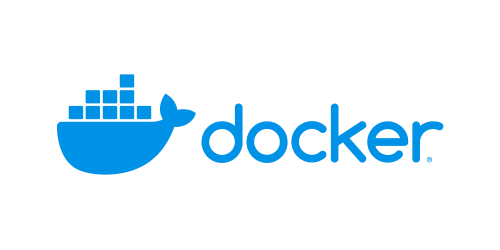

The Client Domain.
Lorem ipsum dolor sit amet, consectetur adipiscing elit, sed do eiusmod tempor incididunt ut labore et dolore magna aliqua. Ut enim ad minim veniam, quis nostrud exercitation ullamco laboris nisi ut aliquip ex ea commodo consequat. Duis aute irure dolor in reprehenderit in voluptate velit esse cillum dolore eu fugiat nulla pariatur. Excepteur sint occaecat cupidatat non proident, sunt in culpa qui officia deserunt mollit anim id est laborum.
Challenge.
In the ultra-competitive real estate industry, data has the power to give a business an edge over the competition – if they have the ability to capture, store, and mine it for actionable insights. One of the Major real estate client struggling to provide the level of reporting that would enable stakeholders across the organization to make better informed – and more timely – business decisions.
Real estate technology systems are notoriously fragmented, and the technology stack was made up of multiple proprietary and third-party tools. Agents relied on Leadstreet US, LeadStreet Ontario-Atlantic, and iConnect Europe to manage their clients and transactions. iFranchise was used for membership and billing, and internally the organization operated multiple department-specific systems. As a result, data was spread across disparate, disconnected technologies, and correlating it was an extremely difficult and highly manual process. Misinterpretation and improper manipulation of data was an all-too-common occurrence as there were no enterprise-wide reporting standards.
Deploy a unified underlying data platform to ensure data consistency, accuracy and access. Doing so would enable key stakeholders to query data on demand, create reports in near-real time, and uncover the insights required to operate efficiently and effectively.

The Solution.
To meet Client’s mission-critical business demands, iPivot proposed developing a cloud-based, Amazon Redshift data warehouse solution. This type of AWS-enabled data warehouse would provide security, expandability at reasonable cost when compared with other solutions. With the ability to collect and ingest hundreds of millions of rows of data per day, it would position Client to aggregate and centralize data, as well as facilitate rapid and accurate dimensional analysis for business intelligence reporting. Data could be quickly processed to deliver the insights needed to manage evolving real estate operations across the globe.
But first, iPivot needed to find ways to overcome the underlying issues with data quality. There were no validation checks or governance for the iFranchise system, and logic used to determine when agents joined, left, or moved to a different office was flawed. As a result, iPivot proposed implementing an alternate approach, called Snapshot, for correctly calculating agent counts.

Key Products/Services Used.





The Impact.
Here are the top five business intelligence benefits that iPivot delivered by developing the AWS data warehouse:
Fast access to actionable data for informed decision making A user-friendly dashboard displaying KPI metrics, along with corresponding detailed reports, enable stakeholders to access accurate, actionable data in real time.
Organizational alignment on business objectives Associates across all areas of Client have access to powerful data visualizations of KPIs, sales targets, and benchmarking information for managing operations and gauging performance over time.
Access to centralized, normalized data All relevant data from disparate systems is cleaned, normalized and integrated into one warehouse for querying across multiple datasets.
Reduced duplication and labor costs
Redundant tasks related to correlating data and developing reports were automated, resulting in significant time savings.
Elimination of bottlenecks By implementing a robust, self-service reporting function, stakeholders are no longer reliant on IT resources to get the data they need to make important business decisions.

7 Reasons why you should bid farewell to On-Premise Data Centre and move to Cloud in 2023

Cyber Security threats in Cloud-Native Applications: How attacks can lead to data breaches, system instability, and operational disruption

